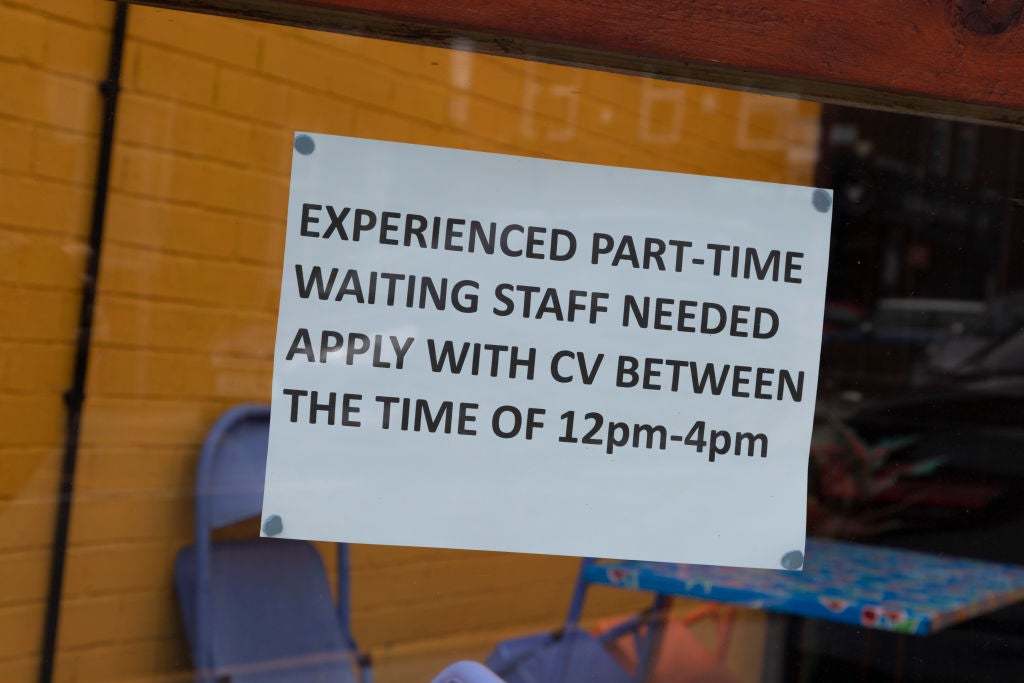
New US labour market figures show an economy in full swing. The addition of 431,000 jobs in February helped push unemployment down by 0.2 percentage points to just 3.6%, its lowest rate since before the Covid-19 pandemic.
The US labour market is already historically tight, however, and with prices increasing at rates not seen for decades, the news has prompted fears of further inflation.
The Federal Reserve has indicated its willingness to clamp down on price rises through an interest rate hike of as much as 0.5 percentage points in 2022, twice the normal rate of increase.
Bond markets are increasingly anticipating such a hike, with the announcement of the latest jobs market figures leading yields on the two-year US Treasury note to rise by 0.1 of a percentage point.
Why is inflation running so high globally?
Inflation is running high in the US and other advanced economies, but this is mainly a result of international supply bottlenecks and soaring commodity prices rather than the labour shortage. A recent International Monetary Fund (IMF) analysis estimated that labour shortages had caused the overall US wage bill to rise by just 1.7% between the second quarter of 2020 and the end of 2021.
What wage growth has occurred has been driven by low-paid jobs and workers transitioning from unemployment to a new job, a sign that the increases are being driven by companies’ hiring needs rather than workers’ demands for pay rises to compensate for inflation.
So far, then, there is still no sign of the much-feared wage-price spiral. Worker power is not what it was in the 1970s, when inflation-busting wage increases were a standard feature of unionised workplaces. In the absence of unions, a labour shortage is possibly the only thing standing between low-paid workers and the worst effects of inflation.
As long as the US and UK avoid recession and labour remains in short supply, the IMF expects wage increases for the lowest-paid to continue – reducing inequality while adding only marginally to inflation.
While global supply problems persist, however, those wage gains are likely to be ephemeral. In the year to January 2022, nominal wage growth of 4% in the US and 5% in the UK was more than outmatched by price increases, leaving real wages down by 3% and 0.5%, respectively.
The causes of the labour shortage are varied. In the US, continued school closures are thought to be resulting in increased childcare responsibilities for people, particularly women, who would otherwise be able to work. In the UK, the labour supply has also been hit by the effects of Brexit, which has reduced immigration from the EU.
Labour force participation rates are low but not unusually low for an economy recovering from an economic crisis. What makes this crisis different is the rapid recovery of demand for workers.
In other words, the current difficulties are a direct consequence of the success of expansionist monetary and fiscal policies in the US and UK, policies that allowed these countries to avoid the kind of drawn-out economic quagmire experienced in the aftermath of the global financial crisis in 2008.
Calls for sudden and dramatic interest rate hikes are calls to solve inflation by cutting demand rather than raising supply, whether in the labour or commodities markets, and consequently to retreat to the methods of 2008 – methods that ushered in a decade of economic stagnation and political instability.



